If your career requires working with chemicals, contaminated materials/body fluids or dangerous goods, you should know all of the safety regulations that exist to protect you and the general public. One very important safety regulation is that you wear a hazmat suit while at work.
Hazmat can be very dangerous and could cause fatal harm to you or the people around you. That is why you need a higher level of protection to ensure maximum safety.
Hazmat workers and emergency responders deal directly with extremely dangerous chemicals, gases, and vapors that require personal protective measures and the right equipment to minimize the possibility of injury or death. The following paragraphs will describe hazmat suits, including types, uses, and importance, and will also address some frequently asked user questions.
Table of Contents
Hazmat Suit Overview

A hazmat suit, also known as a decontamination suit or hazardous materials suit, is a piece of personal protective equipment (PPE) that incorporates an impervious whole-body article of clothing and additional equipment that are specifically made to protect the wearer from hazardous chemicals, materials, substances, radioactive and biological agents in the course of handling them or in an environment where such harmful materials are likely to be present.
To guarantee an adequate supply of breathable air, these suits are frequently merged with a self-contained breathing apparatus (SCBA).
Using the U.S. Department of Homeland Security definition of a hazmat suit, it is “an overall garment worn to protect the wearer from hazardous substances or materials, such as radioactive materials, biological agents, or chemicals.”
The suits are used by non-government and government service providers who work in environments having dangerous materials routinely or accidentally.
Hazmat suits are used by workers such as professionals cleaning unhygienic facilities, employees responding to toxic spills, researchers, paramedics, emergency medical technicians, and firefighters.
In addition, hunters may find hazmat suits particularly useful due to their rigid material that can protect the wearer from sharp branches, foliage, and even contaminated water (sewage, bacteria-infested swamps) the wearer may come in contact with.
Of course, wearing a hazmat suit is not recommended during a hunt. However, those who are fond of hunting or tracking game overnight may find some features particularly useful during their stint, or they can re-purpose the materials for their particular needs.
In general, hazmat suits are designed to protect in the following ways:
- Nuclear Agents: This may be achieved via radiation shielding in the lining, but more often by avoiding direct contact with or inhalation of gas or radioactive particles.
- Chemical Agents: This is achieved through the use of suitable barrier materials such as Tyvek, heavy rubber or PVC, and Teflon.
- Fire/High Temperatures: Accomplished with a mixture of reflective and insulating materials that lessen the effects of heat.
- Biological Agents: This is achieved through totally sealed systems—frequently at overpressure to avoid contamination even if the suit is damaged or used with a powered air-purifying respirator or full hood to prevent exposure.
HazMat Suit Buyer Guide
You should always have the equipment, training, and knowledge, whether for ongoing hazardous materials exposure, cleanup, or as a first responder. Hazmat suits are much more than a mask and coveralls.
Hazardous Materials: These include radioactive, biohazardous, corrosive, toxic, chemical, volatile, combustible, flammable, unstable, or hazardous liquids, gases, or solids.
Solid particulates, like radioactive dust originating from nuclear materials, are considered exceptionally dangerous and necessitate the utmost protection from a hazmat suit and equipment.
Level Designations and Ratings of Hazmat Suits
In the United States, hazmat protective clothing is rated and categorized as Level A, B, C, or D, depending on the level of protection it offers.
- Level A: This is the utmost and maximum level protection against mists, gases, vapors, and splashes and includes garments, full-face mask with gloves, special boots, and breathing apparatus.
- Level B: This level of suit offers protection against splashes of dangerous chemicals, other than vapors. It comprises gloves, special boots, a full-face mask with breathing apparatus, and garments.
- Level C: Offers protection against harmful chemicals. It comprises gloves, boots, respirator, and garments. It protects against certain hazardous materials but is not appropriate in an oxygen lacking atmosphere. Level C suits are not applicable for a chemical emergency.
- Level D: This level of suit doesn’t protect against chemical exposure. Only use level D in places with no possibility of direct contact with chemicals. It comprises a pair of coveralls in addition to chemical-resistant footwear. Not designed for a chemical emergency.
In Europe, the same type of system with 1 to 6 is being used:
- Type 1: Used for protection against gaseous and liquid chemicals.
- Type 2: Used for protection against gaseous and liquid chemicals.
- Type 3: Used for protection against liquid chemicals for a restricted period.
- Type 4: Used as protection against liquid chemical spray for a restricted period.
- Type 5: Serves as protection against liquid chemicals. It covers part of the body for a limited period.
- Type 6: Used for protecting part of the body from liquid chemicals, like boots or gloves only.

Consult With Survival Pros
For Those Serious About Their Family's Life-Assurance Plan (and Not Just Life Insurance)
Learn MoreChoosing a Hazmat Suit
Choosing a suit of this magnitude depends on the situation and hazardous material (application). Our HazMat Suit Buyers Guide is an introductory and preliminary foundation from which to learn and build your PPE buying tactics.
When it comes to choosing the right Hazmat suit for your application, understanding your environment, risk level, and task is critical.
Here are the key considerations and questions you need to answer to make the right decision and a successful purchase:
- Who are the workers and what are you protecting them from?
Consider the following factors: male or female, weight, height, medical conditions, and waist measurement.
- What will the working environment and surroundings be like?
Consider fire hazards, explosive hazards, confined spaces, temperature, flash fire hazards, mechanical stresses, chemical exposures, patients, and others.
- What tasks will they be performing?
- How long will they wear the suit without coming through?
- What is the degree of risk of the task or situation? Low, medium, or high?
- Will workers need to climb on top of or underneath objects?
- Will workers be working extensively with their hands?
- Will they deal with chemicals?
- Will they be tending to patients?
- Which type of load will they be carrying? Heavy or light?
Other factors to consider:
- Will they wear breathing apparatus within or outside the suit?
Other considerations for suit selection:
- Is it for training purposes?
- Is it an Ebola hazmat suit?
- Back or front entry
- Disposable
- Limited use
- Reusable
- Non-encapsulated Gas Tight Suits
- Wholly Encapsulated Gas Tight Suits
Accessories and Additions to Consider:
Consider other things the user may be carrying and/or wearing with the suit and whether a particular task needs a certain material of suit or if there are other requirements. For instance, think about:
- lights
- radios
- ventilation systems
- height adjustment
- anti-fog visors
- cooling vest
- ergonomics
- the right footwear for the environment
- the kind of breathing apparatus needed
- flame-retardant self-extinguishing material
- gas-tight fit for safety socks, boots, and gloves
Getting Hazmat Suits On and Off
There are different ways of putting on and taking off (donning and doffing) different hazmat suits. Procedures must be strictly followed due to the high-risk environment surrounding hazmat suits.
Understanding these procedures is imperative. Workers must be provided with correct instructions, information, and training before putting on and taking off hazmat suits.
Top-quality products often come with clear instructions for proper donning and doffing.
For this reason, make sure:
- There is always a doffing partner available to attend to donning and doffing issues.
- Purchase products that come with clear instructions.
- Supervise the process when and where necessary.
- Ensure appropriate procedures are in place for the entire workforce.
- Any videos showing proper procedures are viewed by all relevant personnel prior to donning and doffing.
Many hazmat suits require assistance for the wearer during donning and doffing (in addition to cleaning and decontamination). Be sure to consider that when buying your product, particularly if you have limited team members.
The MIRA Safety HAZ-SUIT Protective Suit

The MIRA Safety HAZ-SUIT is incomparable when considering severe disasters or hazmat chemical exposure. It is deemed one of the sturdiest, most flexible, and longest-lasting hazmat suits on the market at the moment. This safety suit gives absolute protection from a complete range of CBRN agents and provides you with a realistic solution for many years to come.
This Safety HAZ-SUIT from MIRA is one of the only disposable hazmat suits provided in more than a few sizes—suitable for kids as young as four—and it is available through the MIRA Safety.
The HAZ-SUIT fabric is produced from a long-lasting, puncture-defiant film composite with an outstanding barrier to more than 125 chemicals such as toxic industrial chemicals (TIC) and chemical warfare agents (CWA).
This product is a military-grade hazmat suit used widely by foremost fire departments and nearly all branches of the US Military (Department of Defense/DoD), major chemical companies for numerous potential hazmat exposures and hazmat response, and major hospitals for emergency response first receivers.
The fabric of this suit has been subjected to various enduring storage circumstances and demonstrates no degradation over time when appropriately stored in a cool, dry place and kept away from direct sunlight. That means that this suit could last for decades or longer without compromising protection.

Moreover, this safety suit is ideal for severe and challenging hazardous applications with latent protection for chemical splash, even in extreme exposure conditions, improved physical strength and a wider range of chemical protection takes the safety level of this fabric up a notch.
The MIRA Safety HAZ-SUIT conveys the best in hazmat protection with a wide-ranging chemical-tested list.

Exclusive Survival Gear Deals
Access survival equipment we’ve fully tested so we can recommend it to you.
What Makes MIRA Safety HAZ-SUIT Unique
- The suit is made of strong fabric with an almost limitless shelf life (unlike ordinary hazmat suits with a 5-10 year shelf life).
- Improved tensile/physical potency and extensive chemical holdout for long-lasting and enduring protection in the event of a disaster.
- It is perfect for CBRN civil defense applications.
- The suit is well-matched with all MIRA Safety full-face respirators and gas masks.
- It is NFPA licensed.
- It is widely used by experts around the world, including the US military.
- It provides dependable protection from lethal gases such as VX and sarin for about 8 hours.
- It is available in youth sizes to fit kids as young as four.
- It has been tested and demonstrated protection from different types of ITC and CWA threats.
- It comes with a tapered and heat-sealed stream for ideal protection from vapor and particulate hazards.
- Typical applications for the MIRA Safety HAZ-SUIT: Chemical handling, law enforcement drug response, military operations, hazmat response, civil defense, and petrochemical handling and maintenance.

It is easy to find a suit to fit children using the MIRA size chart.
MIRA Safety HAZ-SUIT Offers the Utmost Protection
MIRA Safety Haz-Suits deliver extraordinary protection, more than the ordinary hazmat solution. Its long-lasting fabric makes it the most trusted and best suit on the market at the moment. It is a popular choice among top experts.
This suit in available in six sizes designed to fit a group of people or every member of your family, and it offers complete bodily protection from about 8 hours of nonstop exposure to a number of the deadliest toxic, radioactive, and chemical agents in the world these days.
That is sufficient time to get yourself and your family or company to safety without worrying about unanticipated hazardous exposure or punctures. You will have additional protection against punctures with its superior tensile strength, in case of a slip and fall or debris accidents.
In fact, these suits can be trusted to work for many years without any particular upkeep or maintenance, if stored properly.
When it comes to protecting you from potentially life-threatening CBRN agents, the MIRA Safety HAZ-SUIT suit is second to none. There is no evidence that the MIRA Safety HAZ-Suit composite fabric loses its protective features over time when stored properly away from sunlight in a cool, dry location subject to temperature limits.
Faq
Actually, HAZMAT is an abbreviation or short form for “hazardous materials”—which are substances in forms or quantities that pose a reasonable risk to the environment, property, or human health. HAZMAT comprises substances like fuels, nuclear waste products, toxic chemicals, and radiological and biological agents.
HAZMAT Suits are designed for trained workers who handle hazardous materials. They comprise those working in healthcare and medical facilities, biological laboratories, nuclear laboratories or sites, and fire stations.
What a hazmat suit will protect you from depends on the suit. In other words, different suits are designed to protect you against different hazards. Therefore, understanding the environment that a particular suit is designed for is very important.
For instance, a suit made to protect against heat would be a lifesaver in a blazing fire but a bad choice in a biological disaster. In any case, wearing a PVC-type suit near fire is very bad as it will melt.
Therefore, the correct hazmat suit depends on the situation. This is where the idea of hazmat suit levels, as explained earlier, comes in handy. Suit levels are helpful to match the appropriate suit with a specific danger.
The yellowish color of these suits is due to the fact that they show up well, and the color is used to display that they are working with hazardous material.
A hazmat suit is a whole-body garment designed to protect the wearer against dangerous materials or substances, such as chemicals or biological agents.
One of the materials used for making hazmat suitsincludes a spun polyethylene (Tyvek) that is subsequently coated with PE for added resistance to chemicals. This is used for the lightest applications.
It is noteworthy that there is no suit capable of protecting anyone against ionizing radiation hazards (including beta, alpha, radioactive particles, X-rays, and gamma rays). However, protective suits will protect you from radioactive isotopes but cannot protect you against ionizing radiation.
Hazmat suits are normally designed with exceptional airtight, chemical-resistant materials. Different materials are utilized for different kinds of hazardous situations. A number of the most common fabrics are reflective or insulating materials, such as Tyvek, rubber or heavy PVC, and Teflon.
These materials provide a special barrier of protection, referred to as individual isolation. They are created to be flexible, mobile, and wearable to enable you to move around and carry out some tasks. However, they are burdensome to wear and also tend to get warm inside as they do not breathe.
They are not made for comfort but designed to block all damaging molecules from coming into contact with you.
Yes, you should invest in a hazmat suit, provided that you believe in living a resilient life, including a two-way radio for communication and a gas mask to match.
Conclusion
You need a hazmat suit if you are ever in conditions that could threaten your safety or health or work with hazardous materials. Hazmat suits are unique outfits that comprise PPE or Personal Protection Equipment carefully chosen to be appropriate for the intended application.
Hazmat suits provide protection against nuclear agents, chemical agents, fire/high temperatures, and biological agents. Suits differ, depending on the level of risk and tasks involved. In addition, they are often gas-tight to ensure the user will not come into direct contact with or inhale hazardous substances.


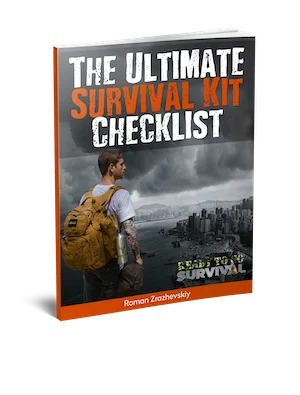





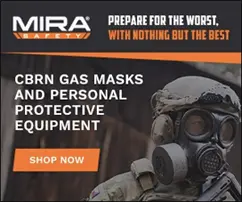

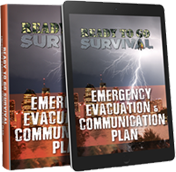
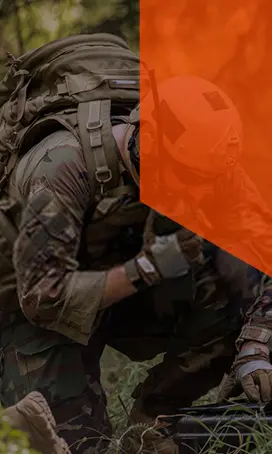


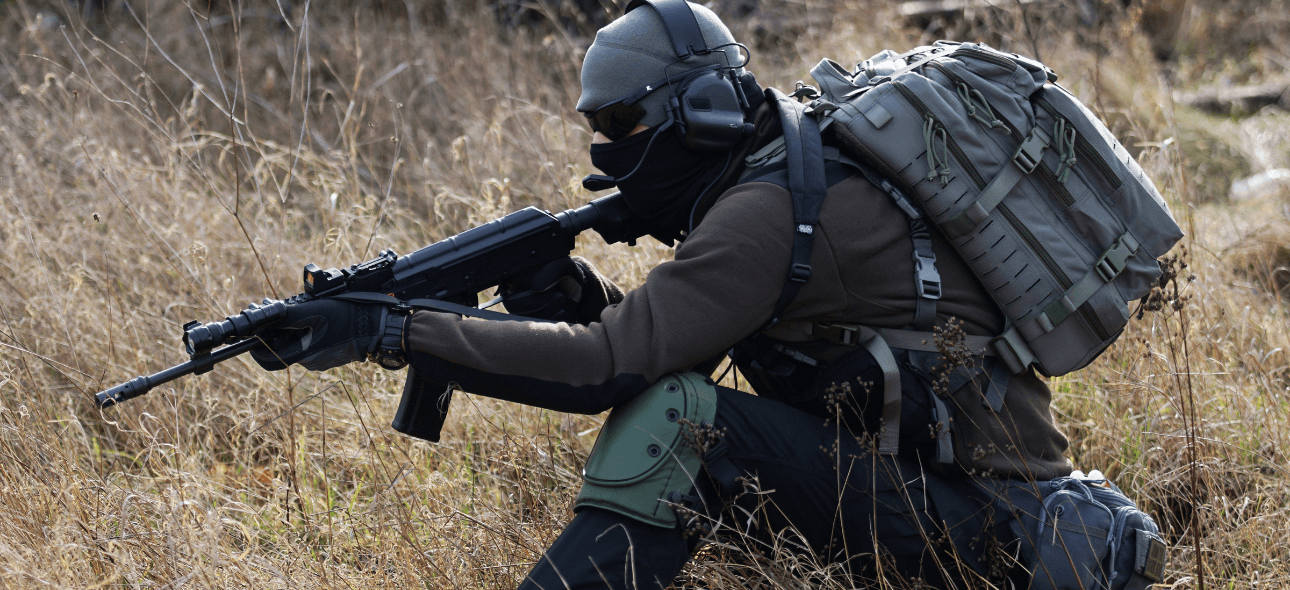
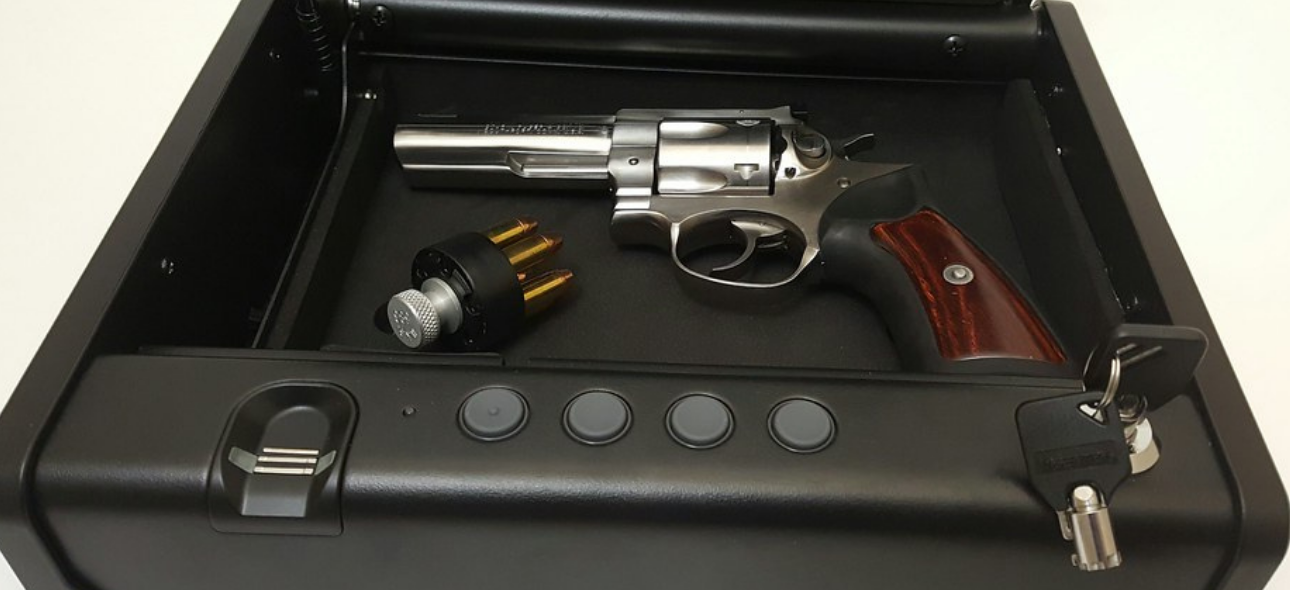
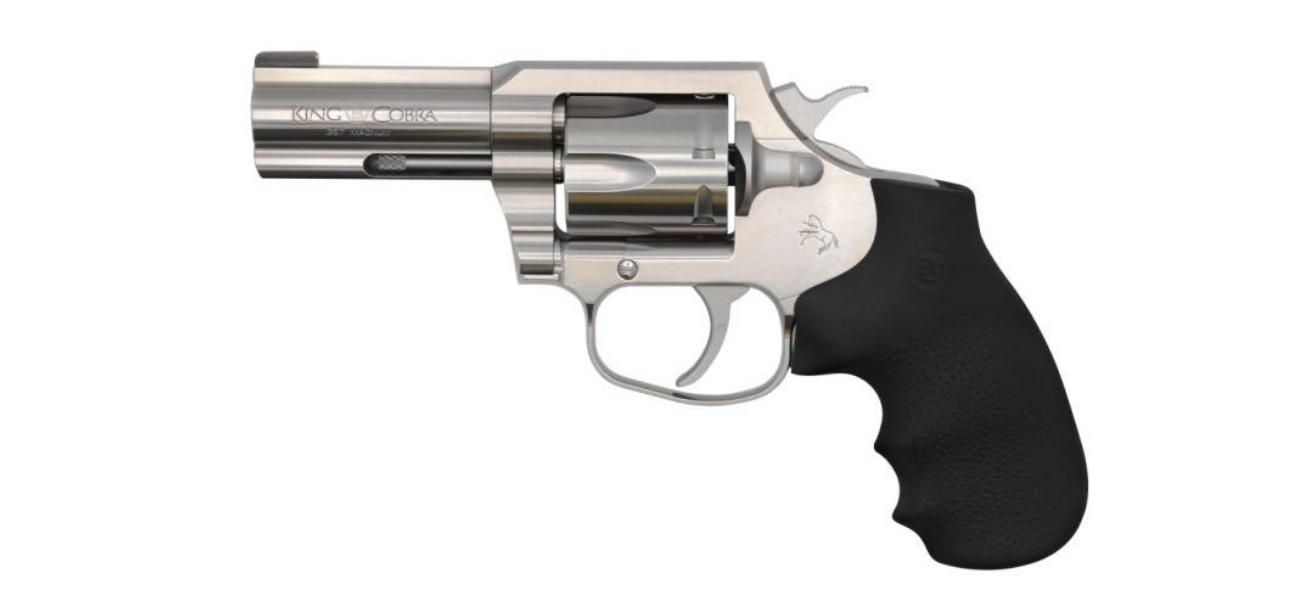
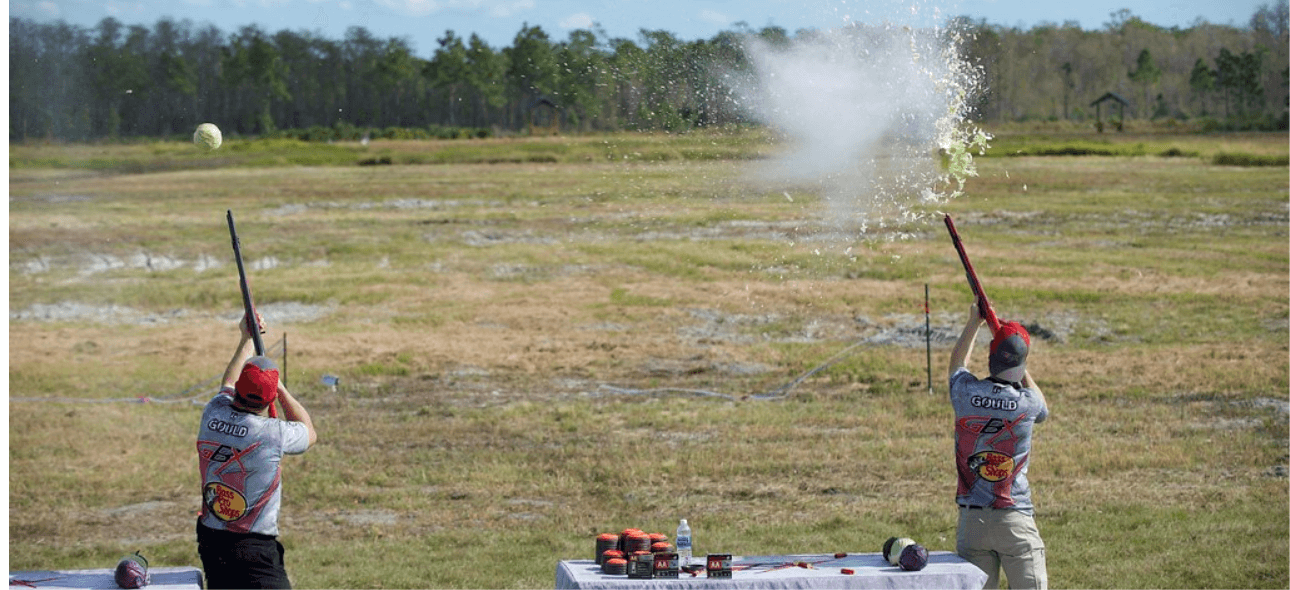


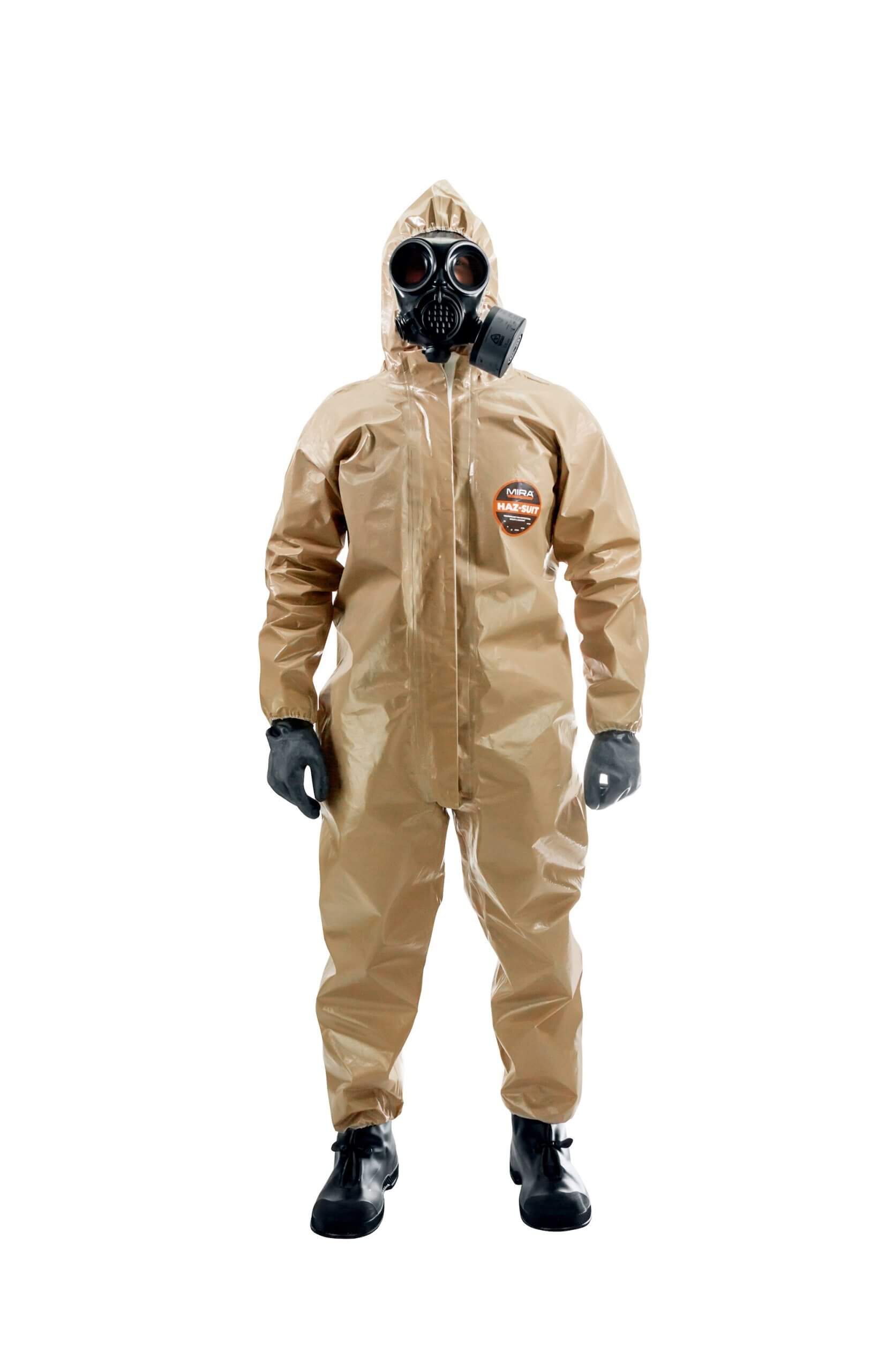
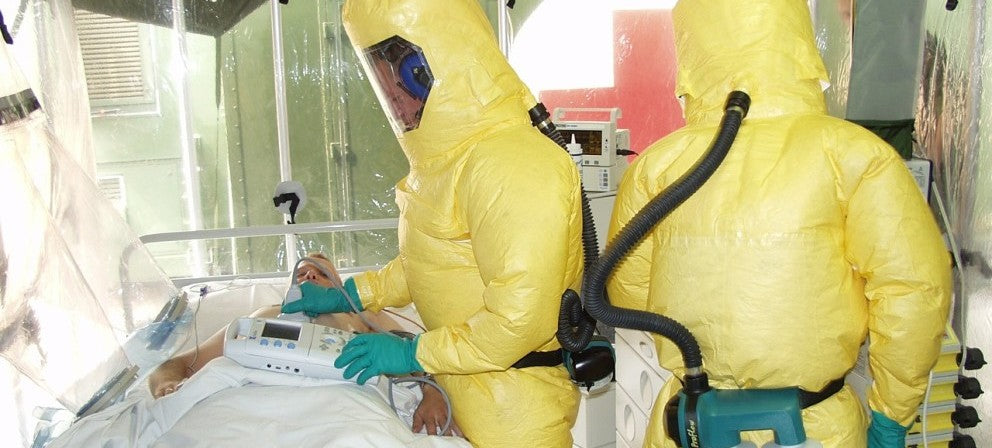


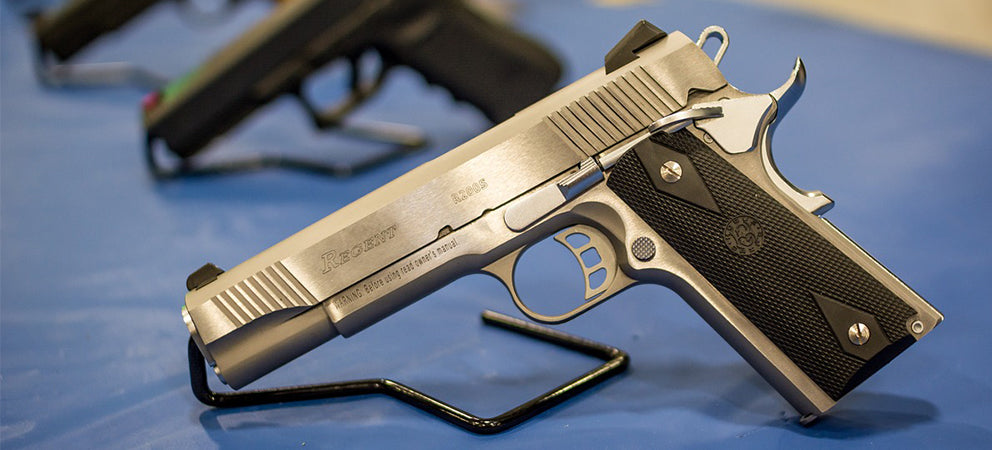
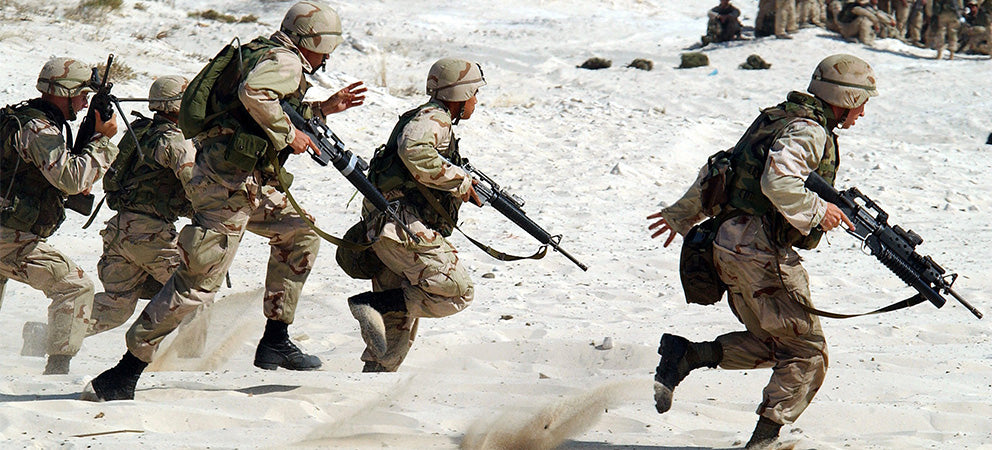
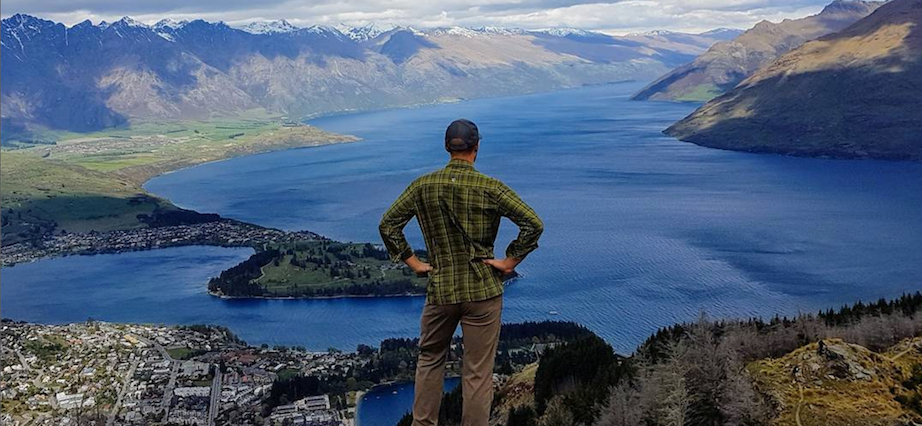



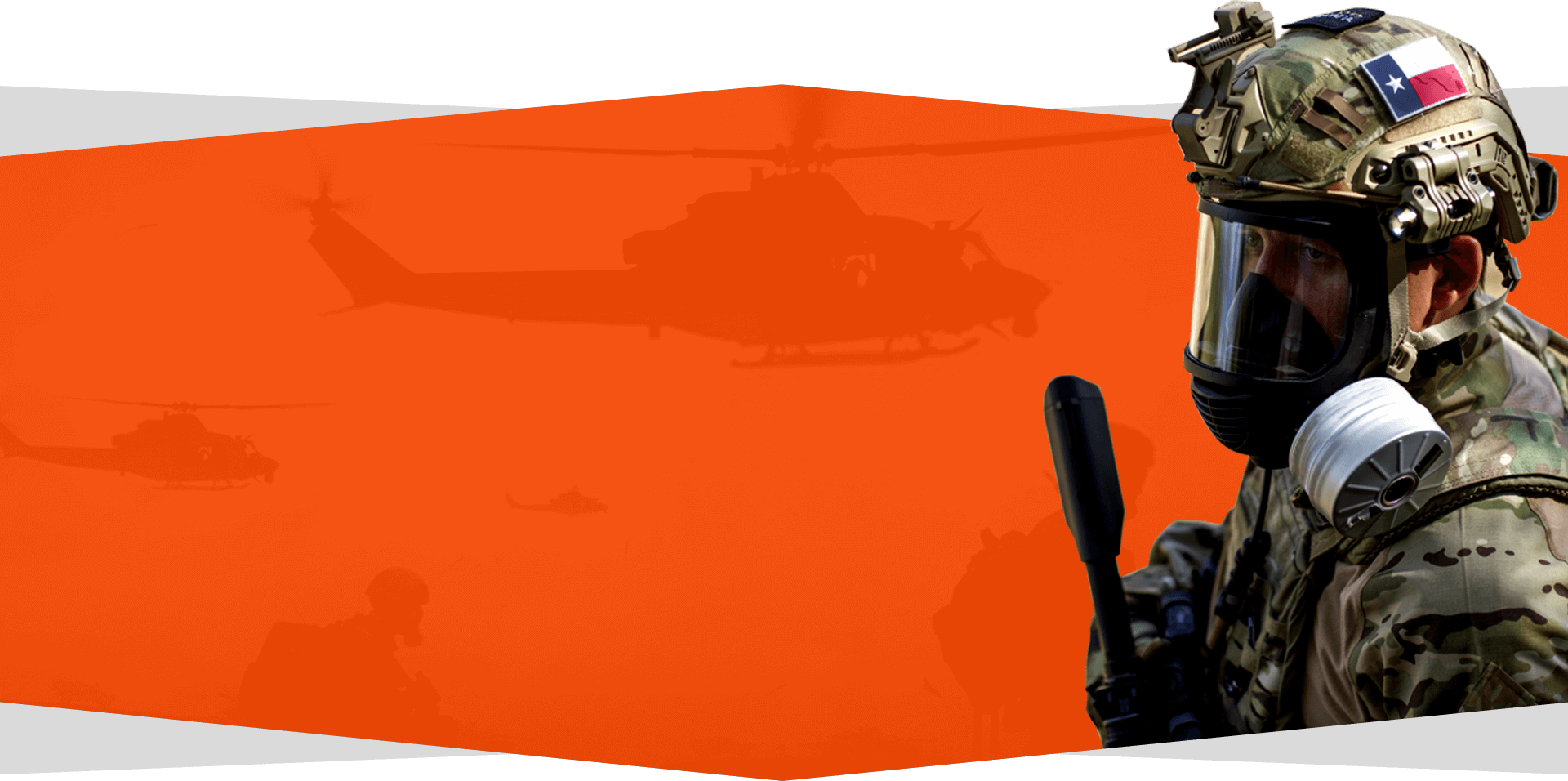
Leave a comment